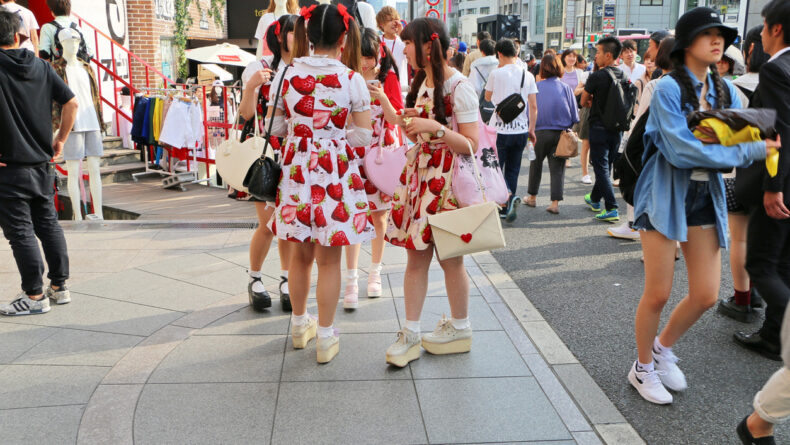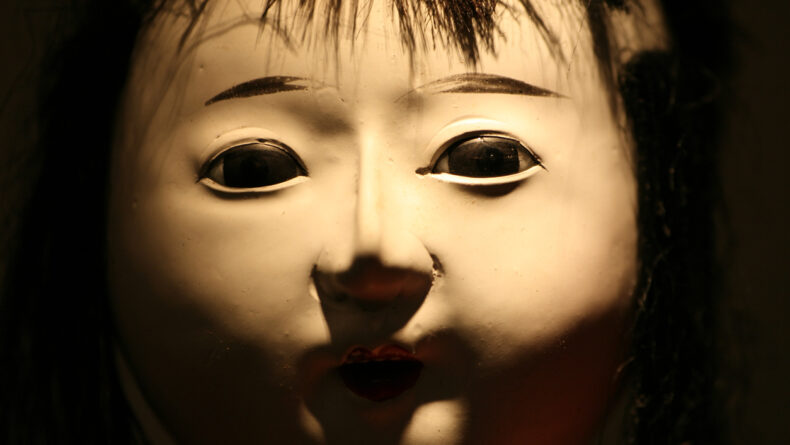4 Reasons to Visit The Hokusai Museum In Tokyo
Discover Japan's Most Famous Ukiyoe Artist At This Stunning New Venue
This newly opened museum is dedicated to the artist behind Japan’s most famous tsunami ukiyoe.
Ryogoku, Sumida River and Tokyo Skytree are all places far too well known by domestic and foreign tourists alike, but only a handful of us know that there is a newly opened gem amid those landmarks — the Sumida Hokusai Museum, dedicated to the artist behind one of the best-known tsunami paintings of all time.
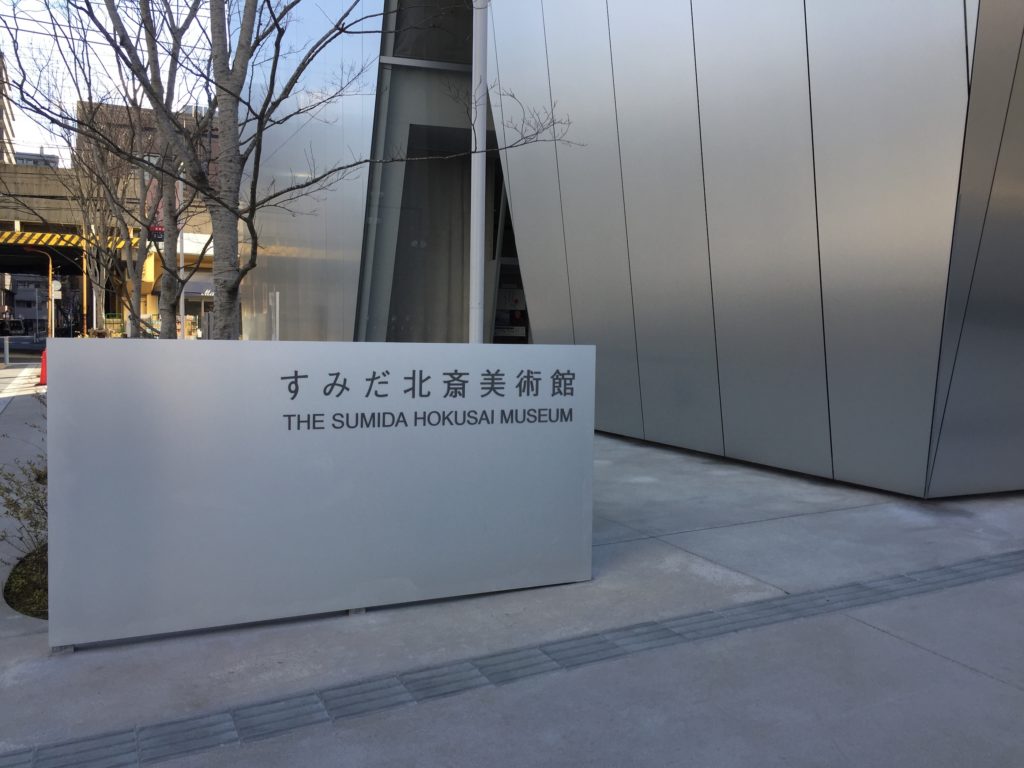 © Photo by Lauren Shannon
© Photo by Lauren Shannon
Opened in November last year, this unique museum celebrates the life and work of Katsushika Hokusai (1760-1849), the legendary ukiyoe (woodblock print) painter behind world-renowned works such as “The Great Wave” and “Thirty-six Views of Mount Fuji.” Though it will be rather difficult to find someone who is not familiar with Hokusai (or hasn’t at least bought The Wave as a postcard after a visit to Japan), what many don’t know is that this Japanese legendary figure was born and lived in Tokyo’s Sumida area. While he moved residence more than 90 times in his 90 years on this earth, he spent most of his life in and around where Tokyo Skytree stands now.
Hokusai’s life and love for his hometown is depicted in many of his prints, paintings, scrolls and sketches: from the landscapes of Sumida and the views along the river, to the Ryogoku Bridge, Ushijima and Mimeguri Shrines, and his sketches of daily life in Edo. Knowing his works is a key to understanding one of the most art-influential and important eras of the Japanese history.
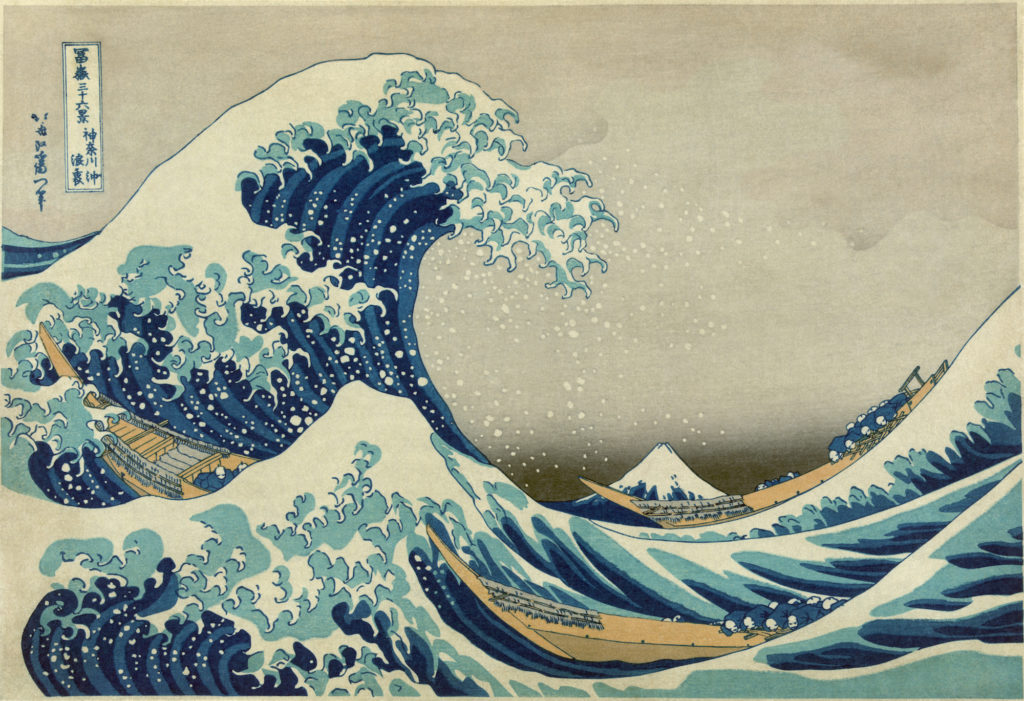
The Sumida Hokusai Museum houses an impressive permanent collection, as well as rotating thematic special collections. It hosts seminar areas, a small library, and a park in front of its entrance, making it a terrific educational gathering point.
I checked out the museum in January and here are my four key takeaways on why you should visit it.
1. It’s interactive and highly informative
Though rather small, this museum displays an impressive lineup of Hokusai’s works, divided into seven sections: from “Sumida and Hokusai,” focusing on paintings in the Sumida area to Nikuhitsue, or rare, hand-painted artworks. It also has a real-life size model of Hokusai’s art studio, which was built based on a sketch of the artist’s house, kept by his disciple Iitsu Tsuyuki. This is probably the place where you can feel the artist the most: up close and personal.
Another inviting feature of the museum is its great use of interactive touch screens. The permanent exhibit space is equipped with multilingual touch screens through which you can find a great deal of information about the artist, his works, the area and the time he lived through.
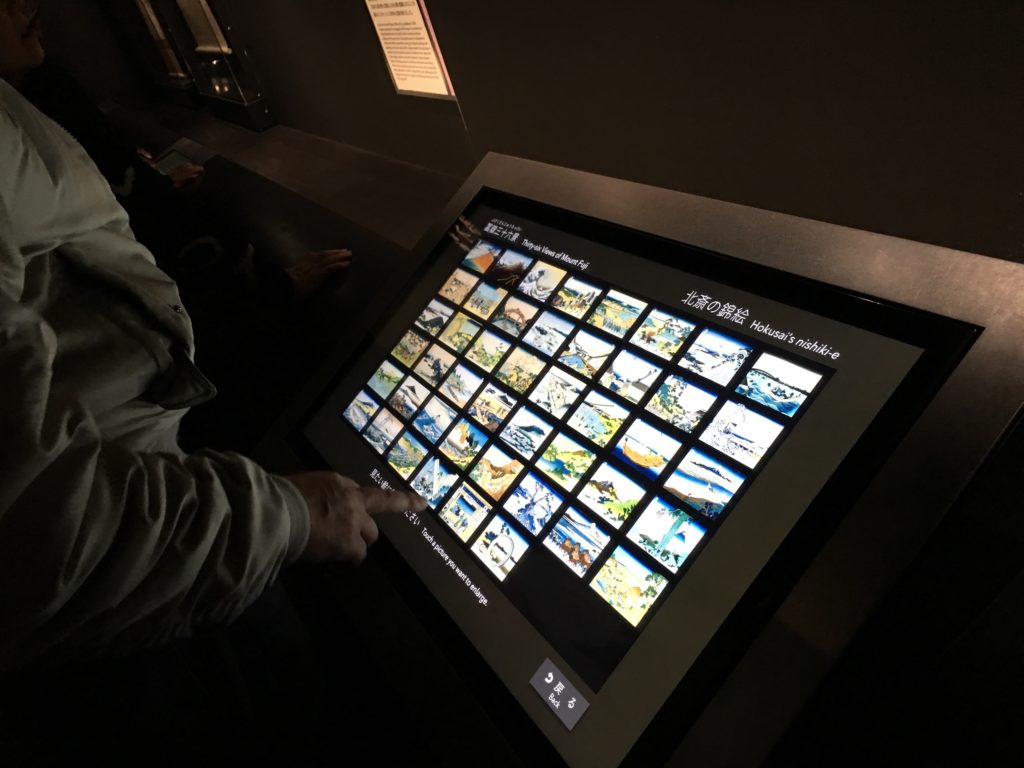 © Photo by Lauren Shannon
© Photo by Lauren Shannon
The touch screens have English explanations and are packed with information about both Hokusai’s famous and lesser known works. You can also find some interactive touch screens in the middle of the main exhibit that have education games. I especially liked “Find Mt Fuji”— spotting small and larger depictions of the famous mountain in Hokusai’s prints and illustrations.
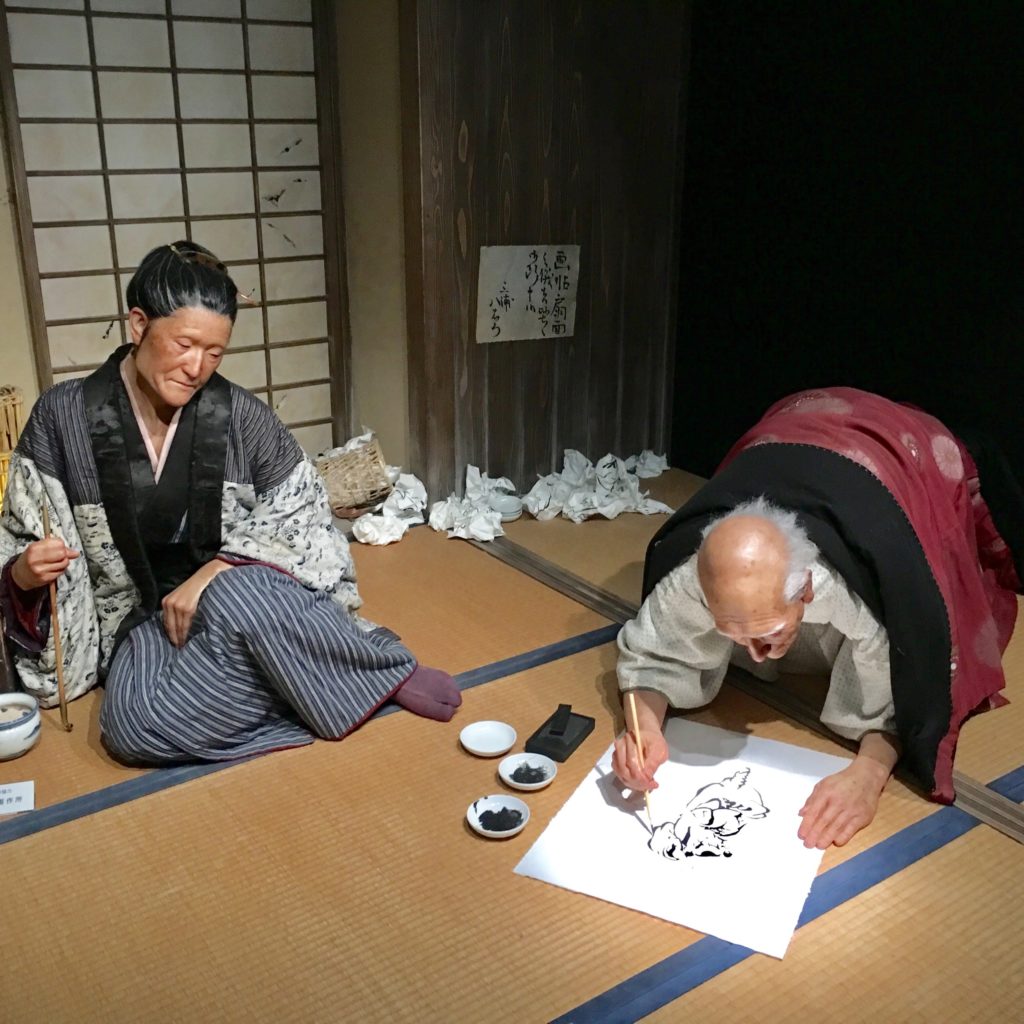 © Photo by Lauren Shannon
© Photo by Lauren Shannon
2. It’s reflecting on Hokusai’s global influence
Unlike many historic Japanese artists, Hokusai’s works began to be recognized outside of Japan still during his lifetime. Following the International Exposition of 1867 in Paris, where ukiyoe was introduced along with a number of artifacts from Japan, Hokusai’s name began attracting global attention, causing a minor revolution in the European art world. Artists like Vincent van Gogh and Edgar Degas were quick to pick up Hokusai’s art, while Henri Rivière went as far as to create a series of lithographs called the “Thirty-Six Views of the Eiffel Tower,” inspired by Hokusai’s “Thirty-six Views of Mount Fuji.” This global fascination with Hokusai’s works is also displayed at the Sumida museum, while modern artists from around the world are invited to learn from his unique composition and willingness to try different styles, equipped with a distinct Edo-style sense of humor.
3. It’s gorgeous inside and out
In addition to the famous pieces inside the Hokusai Museum, the museum’s building itself is an impressive work of art. The award-winning architect Kazuyo Sejima — the woman behind this museum’s beautiful architectural design — has found the perfect way to celebrate the artist and to provide the local community with an important new cultural landmark.
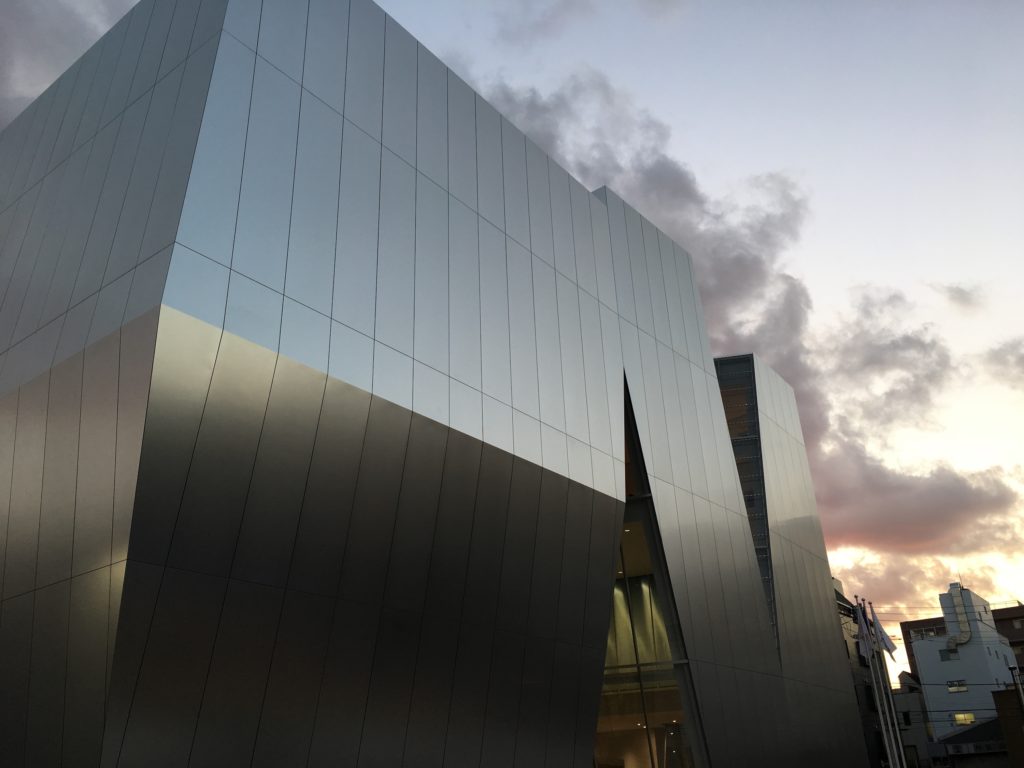 © Photo by Lauren Shannon
© Photo by Lauren Shannon
The building is both distinctive and innovative, covered with reflective panels that allow it to become a part of the sky, the nearby buildings and surroundings. The five-storey structure is composed of angular cut-outs reflecting and bringing light into the heart of the museum. The geometric designs are also featured inside, with walkways and open spaces made of interlocking triangles. A visit in the afternoon is highly recommended since it allows you to photograph the exterior as it captures and reflects the clouds and the evening sky at sunset.
4. It has a democratically-selected logo design
In a truly democratic way (and a perfect marketing scoop), the museum organized a competition to choose their logo prior to its grand opening, which received over 1,600 entries. The winning logo, designed by Kiyoji Takase and Mitsuo Katsui, captures the energy of Hokusai’s prints and references a famous work with lightning and clouds under the summit of Mt. Fuji. The logo and the museum show the community pride in Sumida’s history and a better understanding of its people’s appreciation of Hokusai’s art.
This and much more is waiting for you at this small museum. So get on the wave and start planning your visit!
The Deets
Address: 2-7-2 Kamezawa, Sumida-ku, Tokyo
Opening hours: 9:30 am – 5:30 pm (Closed Mondays)
Entrance fees: ¥400 (Adults),¥300 (High school, university students and seniors). Free admission for pre-schoolers, elementary school and middle school students.
Tips for visitors: The museum is not large and can get quite busy on weekends and public holidays. Most of the works are small, so an up-close look is recommended. You are more likely to avoid crowds and enjoy the works if you visit on a weekday.














